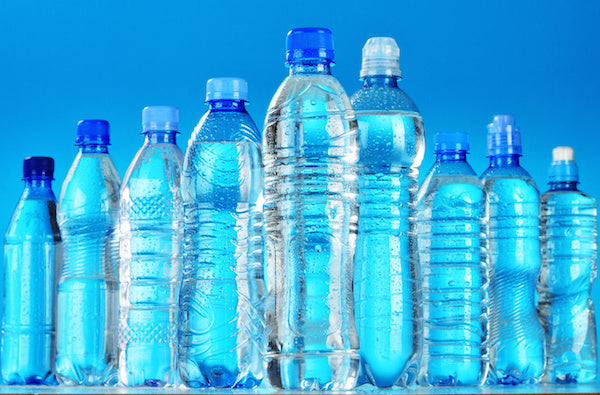Plastic water bottles, plastic storage containers, Styrofoam to-go boxes, and other plastic products are very common in our modern world. Many people drink from a plastic straw each day, keep a plastic water bottle at their desk all day long, and use plastic utensils without thinking twice about the potential health problems that might occur.
Even though these things are common, it doesn’t mean that they are good for our health! In fact, it is best to minimize the use of plastic as much as possible if you want to protect your health.
What is BPA?
Bisphenol A (BPA) is a common compound used in many types of plastic, and it is one of the things that needs to be avoided if you want to decrease your risk of cancer. This industrial chemical has been used in resins and industrial plastics since the 1960’s, and it is usually found in epoxy resins and polycarbonate plastics. Examples of polycarbonate plastics include food storage containers, beverage bottles, and other consumer goods that are made out of plastic. Examples of epoxy resins are products that are used to coat the inside of metal products, such as food cans, water supply lines, and bottle tops. Certain types of dental composites and sealants also contain BPA.Why is BPA Harmful to Your Health?
When BPA is present, it causes disruption in the endocrine system, which starts a domino effect on many other functions within your body. The endocrine system manages the production, secretion, elimination, function, action, and transport of hormones. BPA can actually mimic the body’s natural hormones, which in turn causes problems with real hormone function within the body. Certain safety levels have been set for BPA amounts in plastic, but even the current “safe” levels have been questioned. BPA is in so many household products, that it is difficult to determine just how much exposure a person is getting. If you really want to protect yourself, you need to use BPA-free products and stay away from plastic.Preventing BPA Exposure in Your Home
It has been found that the primary source of BPA exposure is through diet, because the plastic contaminates the food and drink and then humans eat the contaminated foods. Here are a few ways to minimize the BPA exposure in your home:- Choose food that comes in a jar instead of a can
- Switch out plastic storage containers for glass instead
- Don’t use plastic water bottles
- Stay away from plastic utensils, plates, bowls and cups






